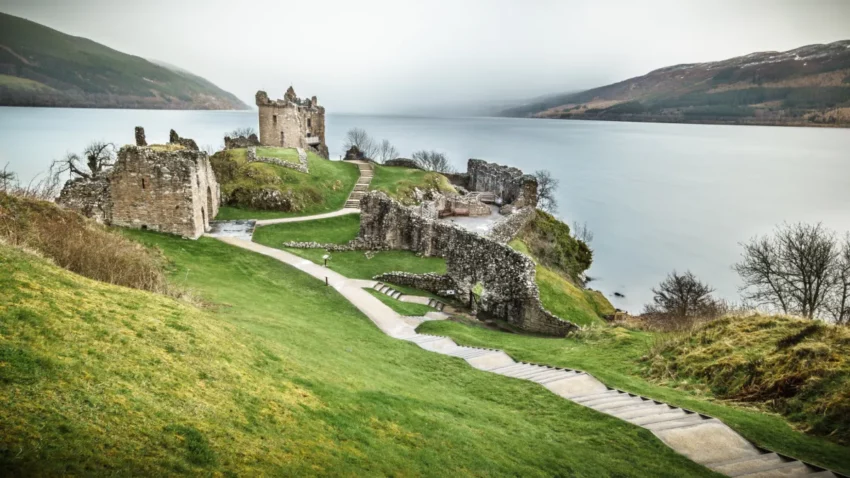Urquhart Castle stands as a monument to Scotland’s storied past. Perched on the banks of Loch Ness, it offers breathtaking views and a rich history. The castle has witnessed considerable conflict throughout its existence, from the Wars of Scottish Independence to clan skirmishes. Today, it’s a picturesque ruin that attracts visitors from around the globe, eager to explore its storied halls and perhaps catch a glimpse of the fabled Loch Ness Monster.
Get your dose of History via Email
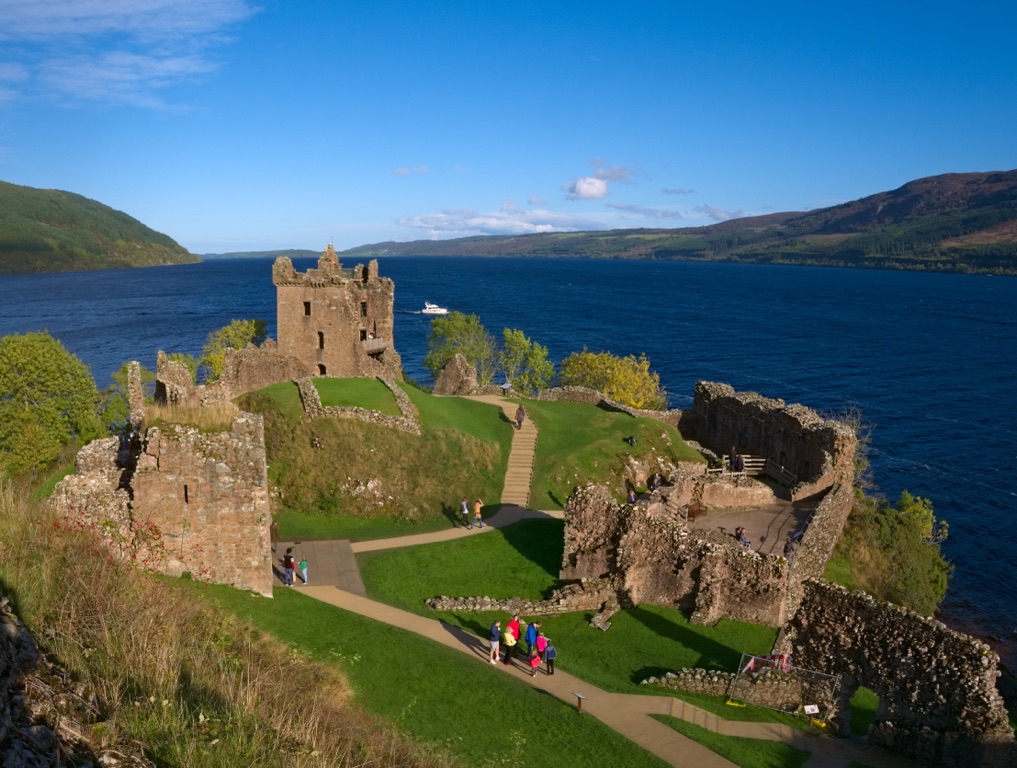
Historical Background of Urquhart Castle
Urquhart Castle’s origins are shrouded in mystery, but it’s believed to date back to the 13th century. The castle’s strategic location made it a hotbed for action and intrigue. It was discovered as a ruin in the 20th century, its history pieced together through archaeological studies and historical records. The castle was built by the Durward family, but it changed hands multiple times due to its strategic importance.
Throughout its history, Urquhart has seen many inhabitants and visitors. The MacDonald Lords of the Isles held it in the 15th century, asserting their dominance over the region. The castle was also a royal stronghold and a Covenanters’ garrison during the 17th century. Its walls have witnessed sieges and skirmishes, echoing the tumultuous history of the Scottish Highlands.
Urquhart played a role in the Wars of Scottish Independence. It was captured by Edward I of England but later reclaimed by Robert the Bruce. The castle’s history is a tapestry of battles and sieges, reflecting the strife that has shaped Scotland. Its prominence waned after the Jacobite risings, leading to its eventual abandonment.
The castle’s discovery and subsequent excavation have offered insights into medieval life. Artefacts unearthed at the site tell stories of the people who lived and fought here. The castle’s ruins have been conserved, allowing visitors to step back in time and walk in the footsteps of Scottish warriors and kings.
Urquhart’s significance extends beyond its military history. It has become an emblem of Scottish heritage and a symbol of the nation’s resilience. The castle’s ruins stand as a testament to the power struggles that have defined Scotland’s past and continue to inspire tales and legends that resonate to this day.
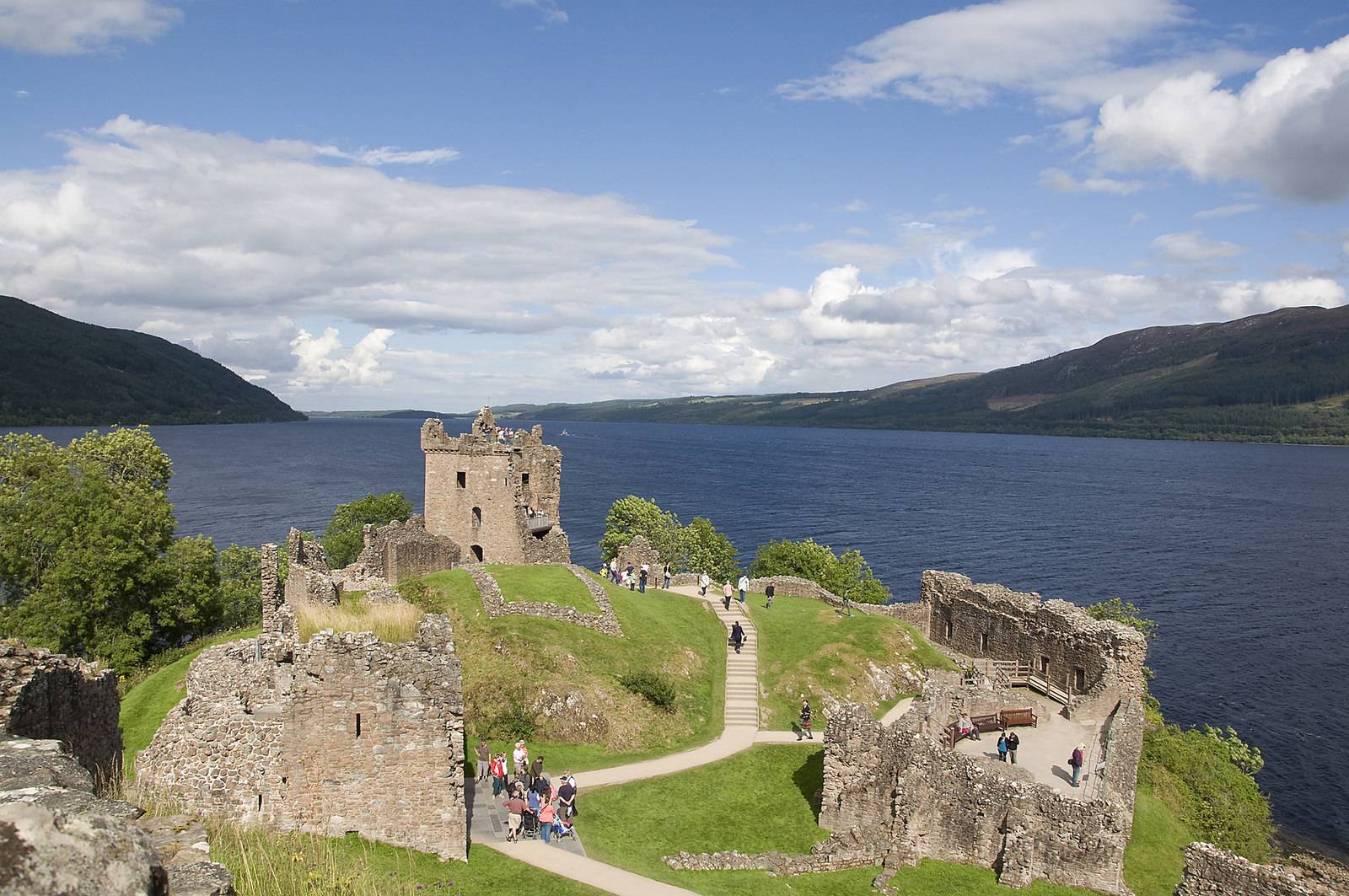
About Urquhart Castle
Urquhart Castle’s ruins reveal a history of robust construction and architectural evolution. The castle’s strategic position on Loch Ness provided both defense and a vantage point for monitoring the surrounding area. Its stone walls, once formidable, now tell a tale of endurance against the elements and the ravages of time.
The castle’s design includes a tower house, which was a common feature in Scottish castles, serving as both a residence and a stronghold. The Grant Tower, the castle’s most prominent structure, offers panoramic views of the iconic loch. The ruins also include a great hall, a chapel, and a gatehouse, each contributing to the castle’s complex layout.
Construction techniques of the time relied heavily on local materials. The builders used the abundant stone available around Loch Ness, shaping it to create the castle’s imposing structures. The craftsmanship of the stonework still impresses visitors and speaks to the skill of medieval masons.
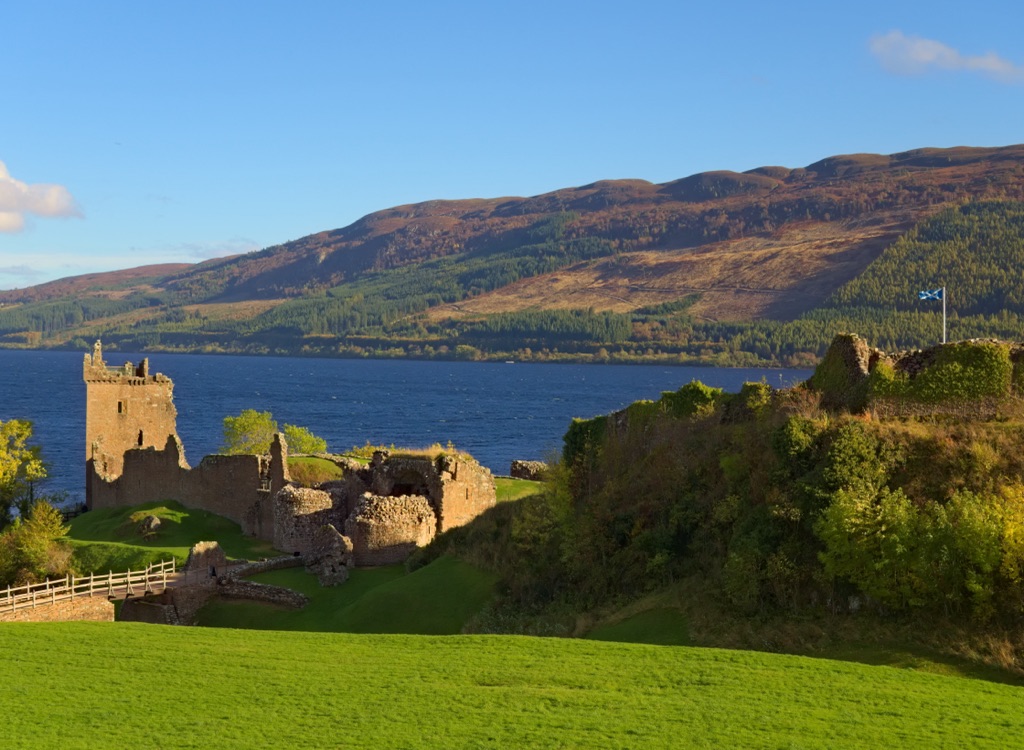
Architectural highlights of Urquhart Castle include the remains of the gatehouse and the curtain wall. These features were crucial to the castle’s defense, designed to withstand sieges and attacks. The trebuchet, a massive siege engine, is a reconstruction that illustrates the kind of weaponry used during conflicts.
Despite its ruinous state, Urquhart Castle continues to captivate. Its architecture, though partially crumbled, offers a window into the past. The castle’s enduring structures, set against the dramatic backdrop of the Scottish Highlands, create a scene that is both haunting and beautiful.
Theories and Interpretations
Urquhart Castle’s past is ripe with theories and interpretations. Historians have long debated its exact origins, with some suggesting it dates back to the time of St. Columba in the 6th century. However, concrete evidence points to its establishment in the 13th century.
The castle’s purpose has also been a topic of discussion. While its military role is clear, some suggest it may have served as a noble residence or a judicial center. The presence of a chapel indicates a religious significance as well.
Mysteries surround Urquhart Castle, including the exact circumstances of its decline. Some believe it was intentionally destroyed to prevent its use by Jacobite forces. Others argue that it simply fell into disrepair after being abandoned.
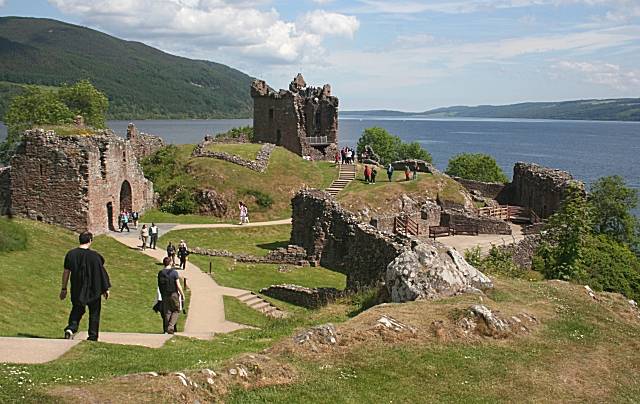
Historical records have been matched with the castle’s physical evidence to piece together its story. Dating has been carried out using dendrochronology and radiocarbon methods, providing a timeline for the castle’s construction phases and periods of occupation.
Urquhart Castle’s history is not just a tale of stone and mortar. It’s a narrative woven from the fabric of legend, historical conjecture, and archaeological findings. Each interpretation adds a layer to our understanding of this enigmatic stronghold.
At a glance
Country: Scotland
Civilization: Medieval Scottish
Age: 13th-16th centuries AD
Conclusion and Sources
The information in this article was sourced from reputable references to ensure accuracy and reliability. These sources include:
– Wikipedia: https://en.wikipedia.org/wiki/Urquhart_Castle
– Historic Environment Scotland: https://www.historicenvironment.scot/visit-a-place/places/urquhart-castle/

